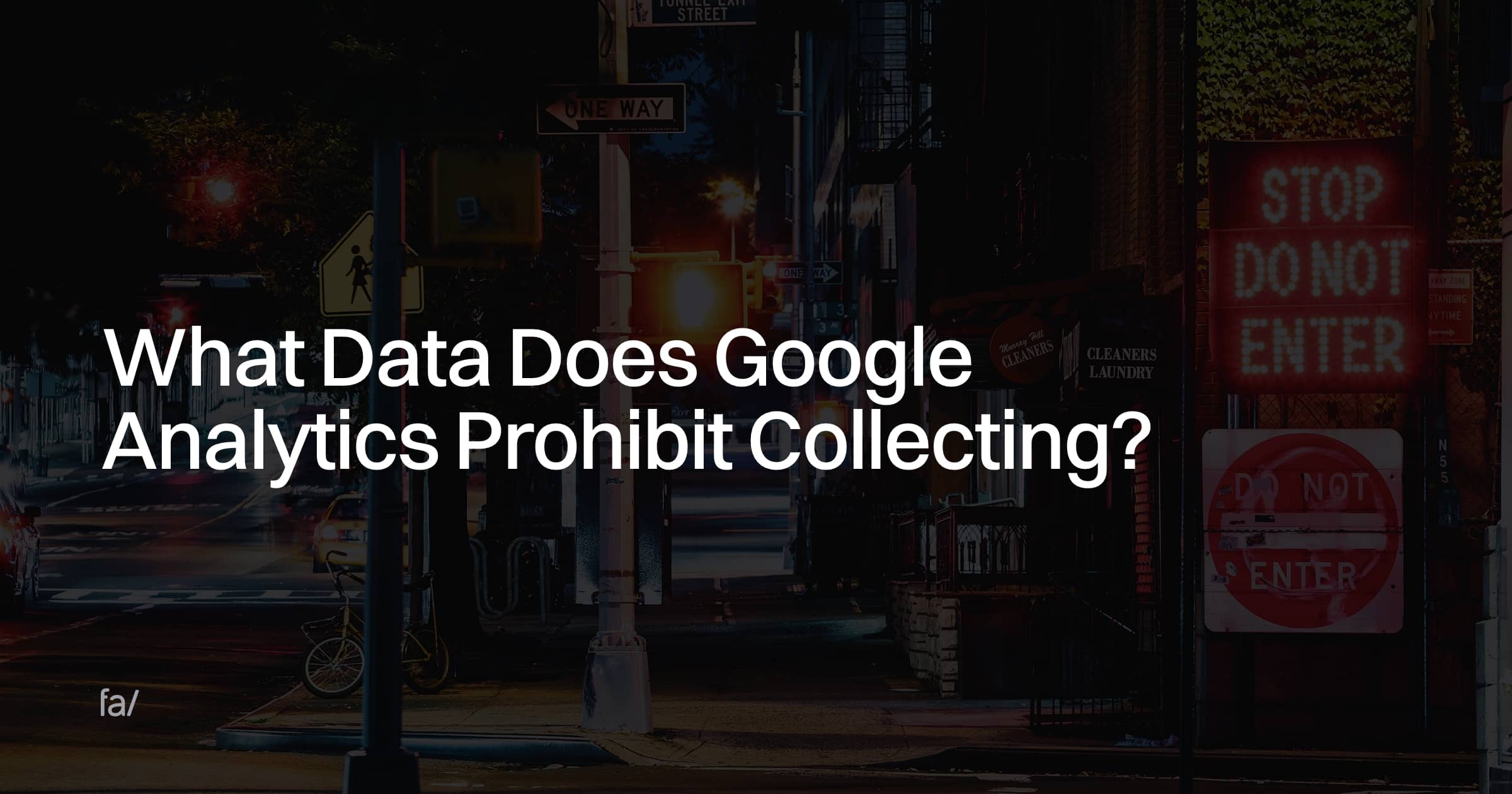Understanding the Art of Conquering Information Collection Limitations in Google Analytics for Better Decision-Making
In the realm of digital analytics, the capacity to essence purposeful understandings from information is extremely important for educated decision-making. By employing tactical strategies and advanced methods, companies can raise their data high quality, unlock concealed insights, and lead the method for even more reliable and educated decisions.
Data Quality Evaluation
Analyzing the high quality of data within Google Analytics is a vital step in guaranteeing the reliability and precision of understandings originated from the accumulated information. Data high quality analysis includes reviewing different aspects such as precision, completeness, consistency, and timeliness of the information. One key aspect to think about is data precision, which refers to just how well the information mirrors truth values of the metrics being gauged. Inaccurate information can lead to faulty final thoughts and misguided company choices.
Completeness of data is an additional essential variable in examining information quality. It involves guaranteeing that all required information points are gathered which there are no voids in the information. Incomplete data can skew evaluation outcomes and hinder the capacity to obtain a thorough sight of individual actions or web site performance. Consistency checks are also important in information high quality evaluation to determine any kind of discrepancies or anomalies within the data set. Timeliness is just as important, as outdated data may no much longer be appropriate for decision-making procedures. By prioritizing data high quality evaluation in Google Analytics, businesses can improve the integrity of their analytics reports and make more informed choices based upon accurate insights.
Advanced Monitoring Techniques
Utilizing innovative tracking techniques in Google Analytics can significantly boost the deepness and granularity of information accumulated for more detailed evaluation and understandings. One such technique is occasion tracking, which enables the surveillance of details interactions on a website, like clicks on switches, downloads of data, or video sights. By carrying out occasion tracking, services can obtain a deeper understanding of customer habits and interaction with their online material.
Furthermore, customized dimensions and metrics supply a method to tailor Google Analytics to certain company demands. Customized measurements enable for the development of brand-new information points, such as individual duties or consumer segments, while personalized metrics allow the monitoring of distinct performance signs, like revenue per user or ordinary order worth.
In addition, the utilization of Google Tag Supervisor can improve the execution of monitoring codes and tags throughout a site, making it much easier to manage and deploy sophisticated monitoring setups. By using these innovative monitoring techniques, companies can unlock useful insights and maximize their on-line techniques for far better decision-making.
Custom Dimension Application
To enhance the depth of data accumulated in Google Analytics beyond advanced tracking methods like occasion tracking, services can implement personalized dimensions for more tailored insights. Custom measurements permit services to specify and accumulate certain information points that relate to their special objectives and purposes (What Data Does Google Analytics Prohibit Collecting?). By appointing custom-made measurements to different elements on a site, such as user communications, demographics, or session details, companies can acquire a much more granular understanding of how customers involve with their online buildings

Acknowledgment Modeling Methods
Effective acknowledgment modeling is crucial for recognizing the impact of Our site different advertising and marketing networks on conversion courses. By utilizing the right attribution model, services can accurately attribute conversions to the appropriate touchpoints along the consumer trip. One typical attribution version is the Last Interaction model, which offers credit history for a conversion to the last touchpoint a customer communicated with before transforming. While this version is easy and straightforward to carry out, it usually oversimplifies the customer trip, neglecting the impact of other touchpoints that added to the conversion.

Data Tasting Avoidance
When dealing with big quantities of data in Google Analytics, conquering data sampling is crucial to make certain precise understandings are acquired for notified decision-making. Data sampling occurs when Google Analytics approximates patterns in information instead than examining the complete dataset, possibly leading to manipulated outcomes. By taking these proactive actions to decrease data tasting, businesses can extract more exact understandings from Google Analytics, leading to better decision-making and enhanced total performance.
Verdict
To conclude, grasping the art of overcoming data collection constraints in Google Analytics is vital for making informed decisions. By performing an extensive data top quality evaluation, carrying out sophisticated monitoring techniques, utilizing custom dimensions, utilizing attribution modeling strategies, and preventing information tasting, organizations can make certain that they have accurate and trustworthy data to base their decisions on. This will eventually lead to a lot more reliable approaches and far better end results for the organization.
